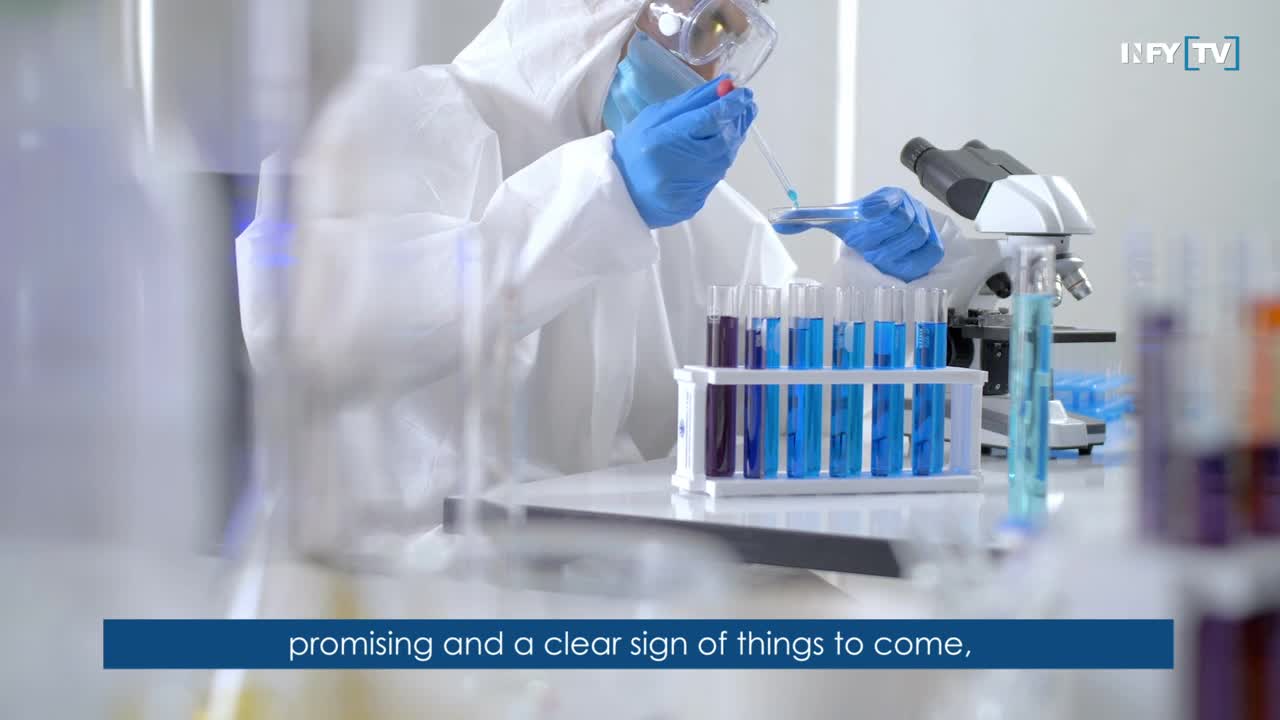As organizations across the world look at improving their processes and easing systems to maximize speed and efficiency for their operations to better serve their customers, it has become increasingly important to bring technology into the equation. Dietmar Hein shares one such example.
“We manufacture our instruments, reagents and consumables in various manufacturing sites across the globe,” says Hein, who is VP, Global SCM Planning and Digitalization at Siemens Healthineers.
These products are then distributed to customers such as hospitals, reference labs, and private laboratories, elaborates Hein.
“It is about stock levers and the way that stock is distributed from different factories on to the point of demand,” says Infosys Consulting’s Michael Buchmann.
To make the process smoother, the company has been using technologies such as automation.
In a nutshell, says Dr. Stefan Henkel, Head of IT (CIO) at Siemens Healthineers, automation is like connecting the dots of different processes which are already digitized or automated in ERP systems, or in connected systems.
“We needed to bring everybody together and build a community, and also govern all these solutions on one single central platform,” says Julia Schwarz-Isaac of Siemens Healthineers Tweet
“With automation, we can connect these workflows, across different systems, without running huge change programs, without implementing larger change requests,” he says.
At Siemens Healthineers, which was already undergoing its digitization journey, the teams at Infosys and Siemens Healthineers got together and began working on robotic process automation, or RPA systems.
There were, however, some concerns, notes Julia Schwarz-Isaac, Service Owner RPA and PEGA at the company.
“There were a lot of people within the business that already were working on their own RPA solution,” she says, adding, “So, we needed to bring everybody together and build a community and also to govern all these solutions on one single central platform.”
This led to a collaborative effort between Infosys and Siemens Healthineers, which resulted in the implementation of an automation Centre of Excellence (CoE), wherein technologies such as cloud, and other digital initiatives were implemented.
The company was looking for a partner such as Infosys that could not only fit into the company culture, but was also trustable, and could provide guidance on RPA, says Schwarz-Isaac.
“We also improved our customer experience, as many of the processes touch the customer, direct or indirect,” says Dr. Stefan Henkel of Siemens Healthineers Tweet
“Things like information security, data privacy, which are very important topics within RPA,” she says. As a next step, it was important to get a buy-in from across the board to undergo such a change.
There was a need to convince the employees as well as the customers that a robot is a co-worker and a part of the team, and not a competitor.
“It is change. And change is always considered challenging. The RPA technologies that we are using, there is a lot of apprehension there from the different teams,” says Buchmann.
The team then put together a communication strategy.
“We created a communication strategy that this automation studio is basically there for anyone to draw upon and raise requirements of almost any automation need,” says Buchmann.
Having successfully achieved the goal, the team saw an improvement in efficiency, a quicker response time, and higher data quality.
“We also improved our customer experience, as many of the processes touch the customer, direct or indirect,” says Dr. Henkel.
In his team, says Hein, he saw a marked improvement such that his team could perform better.
“This solution allows us to serve our customers as perfectly as possible, during such a time, while my team could really focus on those aspects where human interaction is required.”





